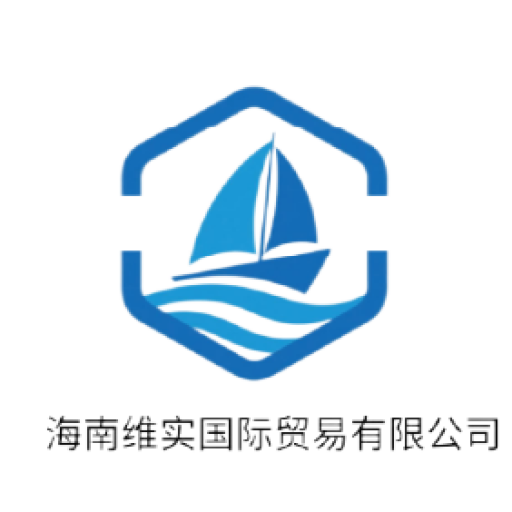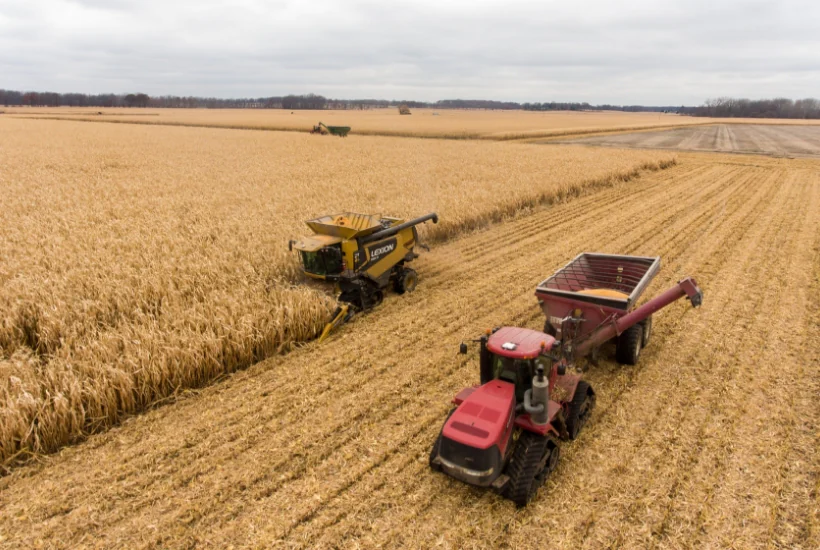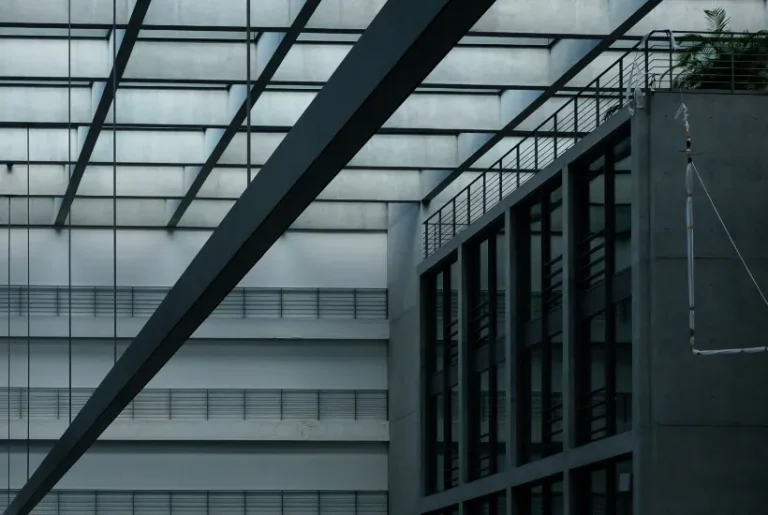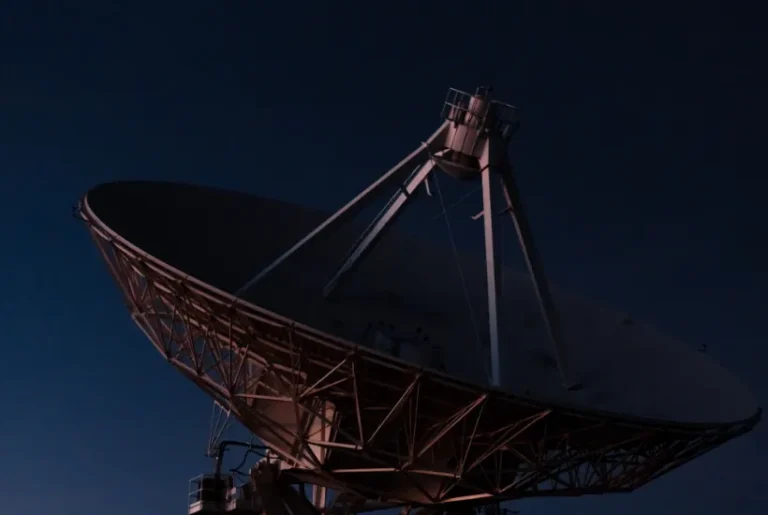Brazil, officially known as the Federative Republic of Brazil, is located in the central-eastern part of South America, with its capital in Brasília. Approximately 80% of the country’s territory lies in tropical regions, with the equator and the Tropic of Capricorn crossing its northern and southern borders, respectively. Brazil’s climate is mild, with abundant rainfall and ample sunlight, providing fertile land that is highly suitable for sugarcane cultivation. It is the only country in the world with two sugarcane harvests and processing periods each year. The primary uses of sugarcane include bioelectricity, bioplastics, ethanol, sugar, and biohydrocarbons. In Brazil, the two main uses of sugarcane are for sugar production and ethanol (alcohol) production. Brazil is the largest producer and exporter of sugar in the world and the second-largest producer of ethanol (after the United States, which primarily uses corn for ethanol production).
History of Brazil’s Sugar Industry
Brazil’s sugarcane industry has undergone various phases: the “sugar cycle” of the 16th and 17th centuries, the political turmoil of the 19th century, the fluctuating development phase of the 20th century, and the accelerated development phase of the 21st century.
- The “Sugar Cycle” of the 16th and 17th Centuries
In the 16th century, the European market saw a sharp increase in sugar consumption. However, due to unfavorable climate conditions, Europe struggled to produce sugar on a large scale, leading to low sugar yields that could not meet demand. Midway through the century, Portuguese colonizers introduced sugarcane planting techniques to Brazil’s fertile lands and imported a large number of enslaved Africans. This marked the beginning of Brazil’s “sugar cycle.” Pernambuco became the most important sugar production area in Brazil. Over time, the industry’s center gradually shifted from Pernambuco in the northeast to Bahia, Rio de Janeiro, and São Paulo in the central-southern regions. By the end of the 17th century, Brazil had 528 sugar mills, exporting 20,000 tons of sugar annually. - The Political Turmoil of the 19th Century
In 1807, Napoleon’s army invaded Portugal, prompting the Portuguese royal family to flee to Brazil and establish an empire. In November 1889, Brazil experienced a coup that overthrew the monarchy, becoming a federal republic. In February 1891, Brazil adopted its first constitution as a federal republic and officially changed its name to the United States of Brazil. The 19th century was marked by political unrest, during which Brazil, once the world’s leading sugar producer, saw its production drop to 8% of global output, falling to fifth place in the world. - The Fluctuating Development Phase of the 20th Century
During the 20th century, Brazil’s sugar industry experienced three stages of development: government intervention to promote sugar production, government support for ethanol production, and the withdrawal of government intervention in the sugar industry.- Government Intervention to Promote Sugar Production: After the Great Depression in the 1930s, Brazil’s sugarcane planting and sugar production began to recover. However, domestic oversupply led to a sugar price crisis, prompting the government to establish the Sugar and Alcohol Institute (IAA) in 1933 to regulate sugar production and stabilize prices. As global sugar production expanded, Brazil’s competitive advantage weakened. Thus, in 1971, Brazil initiated a sugar industry reform plan to implement centralized management of production, pricing, loans, and export subsidies, leading to rapid growth and a return to a leading position in the global market.
- Government Support for Ethanol Production: After the first oil crisis in 1973, the Brazilian government launched its Ethanol Program in 1975 to encourage diversification in sugar mills and invest in sugarcane expansion and ethanol distillation technology. With government guidance, the sugar industry overcame its previous structural weaknesses and bolstered national energy security. By 1979, the second oil crisis led to a surge in the popularity of ethanol-fueled vehicles, resulting in ethanol-powered cars capturing 94.4% of the Brazilian market. This drove rapid growth in the ethanol industry.
- Withdrawal of Government Intervention: In 1995, Brazil underwent economic reforms, gradually reducing government intervention and subsidies in the sugar industry, allowing it to operate according to free market principles.
- Accelerated Development in the 21st Century
Since the 21st century, the market for ethanol-fueled vehicles in Brazil has diminished, leading to a decrease in demand for hydrous ethanol. Meanwhile, the market for lightweight vehicles expanded, resulting in a significant increase in demand for anhydrous ethanol. The overall rise in ethanol demand has propelled the rapid growth of Brazil’s ethanol industry. After nearly 30 years of effort since the first oil crisis, Brazil not only mastered mature technology for producing fuel alcohol but also emerged as a major alcohol producer. In 2003, Brazil introduced flexible fuel (hybrid) vehicles capable of detecting fuel type and adjusting engine performance accordingly. Given the renewable and environmentally friendly nature of ethanol, domestic demand for ethanol has surged, providing new growth opportunities for Brazil’s sugarcane industry.
To ensure the long-term development of the sugarcane industry, Brazil continually invests in research and development of new processes and technologies while striving to overcome protective trade barriers and establish international standards for ethanol. This commitment has allowed Brazil to become the world’s leading exporter of sugar and the second-largest exporter of ethanol today.
Costs of Sugarcane Cultivation and Sugar Production in Brazil
The costs associated with cultivating sugarcane can be divided into two parts: the cost of growing sugarcane on owned land, which is approximately 120 RMB per ton, and the cost of cultivating sugarcane on leased land, which varies by region. Generally, land rent is charged at 20%-30% of the sugarcane yield per acre, resulting in a total cultivation cost of 180 RMB per ton for leased land. The cost of sugar production consists of sugarcane costs and factory costs. Sugarcane costs account for about 82% of total production costs, while factory costs make up around 18%. Assuming a purchase price of 200 RMB per ton of sugarcane in 2012, and 7.2 tons of sugarcane produces one ton of sugar, the sugar factory’s sugarcane cost would be 1,440 RMB per ton of sugar. The factory costs primarily include equipment depreciation, labor, auxiliary materials, and maintenance, totaling approximately 320 RMB per ton of sugar. Furthermore, logistics costs for sugar, including loading, storage, and transportation, add around 100 RMB per ton of sugar. The tax structure in Brazil is complex, comprising 58 types of taxes, including federal, state, and municipal taxes, resulting in an overall tax rate of about 8%, equivalent to approximately 200 RMB per ton of sugar. Thus, the total production cost of sugar in Brazil is roughly 2,100 RMB per ton.
Ethanol Production Process in Brazil
Brazil’s sugarcane ethanol industry operates on an intensive model, with high land concentration—70% of sugarcane cultivation land belongs to sugar and ethanol producers, while 30% is owned by other farmers. Most enterprises manage both agricultural and industrial operations, aligning their goals for maximum output per unit area. This focus leads to higher yields and sugar content in sugarcane. The main process for ethanol production in Brazil involves crushing sugarcane or utilizing molasses, followed by fermentation, separation, distillation, and storage. All wastewater from ethanol production is returned to the sugarcane fields as fertilizer, promoting environmental sustainability and reducing fertilizer costs.
Sugar mills in Brazil base their purchase prices on the quality of sugarcane, with the core metric being sugar content (ATR, or sugar quantity per ton of sugarcane). Linking prices to quality incentivizes sugarcane farmers to prioritize the quality of their crop to maximize profits. At the same time, manufacturers focus on minimizing sugar loss during harvesting and transportation to ensure high sugar extraction rates. Given that Brazil’s sugarcane production cycle typically lasts five years (one year for new planting and four years for ratoon crops), it is crucial to emphasize the ratooning ability and sugar yield of sugarcane varieties. The Brazilian federal government mandates that no single sugarcane variety can occupy more than 20% of the total area within a given cane field and promotes a combination of early, mid, and late-maturing varieties. Consequently, each sugarcane field typically features 8 to 10 primary sugarcane varieties. Only those varieties that effectively balance yield and sugar content to achieve the highest sugar output per unit area can dominate.
The Brazilian government regulates the blending ratio of ethanol with gasoline. Most sugar mills can produce both sugar and ethanol, with the production ratio determined by the market prices of sugar and ethanol and government regulations on blending ratios. When sugar prices fall and the ethanol blending ratio increases, market demand for ethanol rises, enhancing profit margins for ethanol production. Conversely, when sugar prices increase, producers may shift resources back to sugar production. Typically, a 1% increase in the ethanol proportion in gasoline can create an additional demand for 350 million liters of ethanol. The cost of producing ethanol in Brazil is approximately 2/3 higher than producing gasoline. The government initially purchases ethanol at market rates (average industrial production costs plus reasonable profit) and then subsidizes it for sale below oil prices, effectively providing indirect support to the sugarcane and sugar industries. When sugar prices decline, the government can reduce ethanol market supply through purchases, creating a favorable profit margin for ethanol and encouraging sugar mills to shift to ethanol production, thereby stabilizing sugar prices.
Brazil implements an import licensing system for sugar and ethanol. For countries outside the Southern Common Market (MERCOSUR, which includes Brazil, Argentina, Uruguay, Paraguay, Chile, and Bolivia), the import tariffs for sugar and ethanol are 17.5% and 21.5%, respectively. Tariffs are calculated based on the CIF (cost, insurance, and freight) value and paid in Brazilian reals.




Hi, this is a comment.
To get started with moderating, editing, and deleting comments, please visit the Comments screen in the dashboard.
Commenter avatars come from Gravatar.